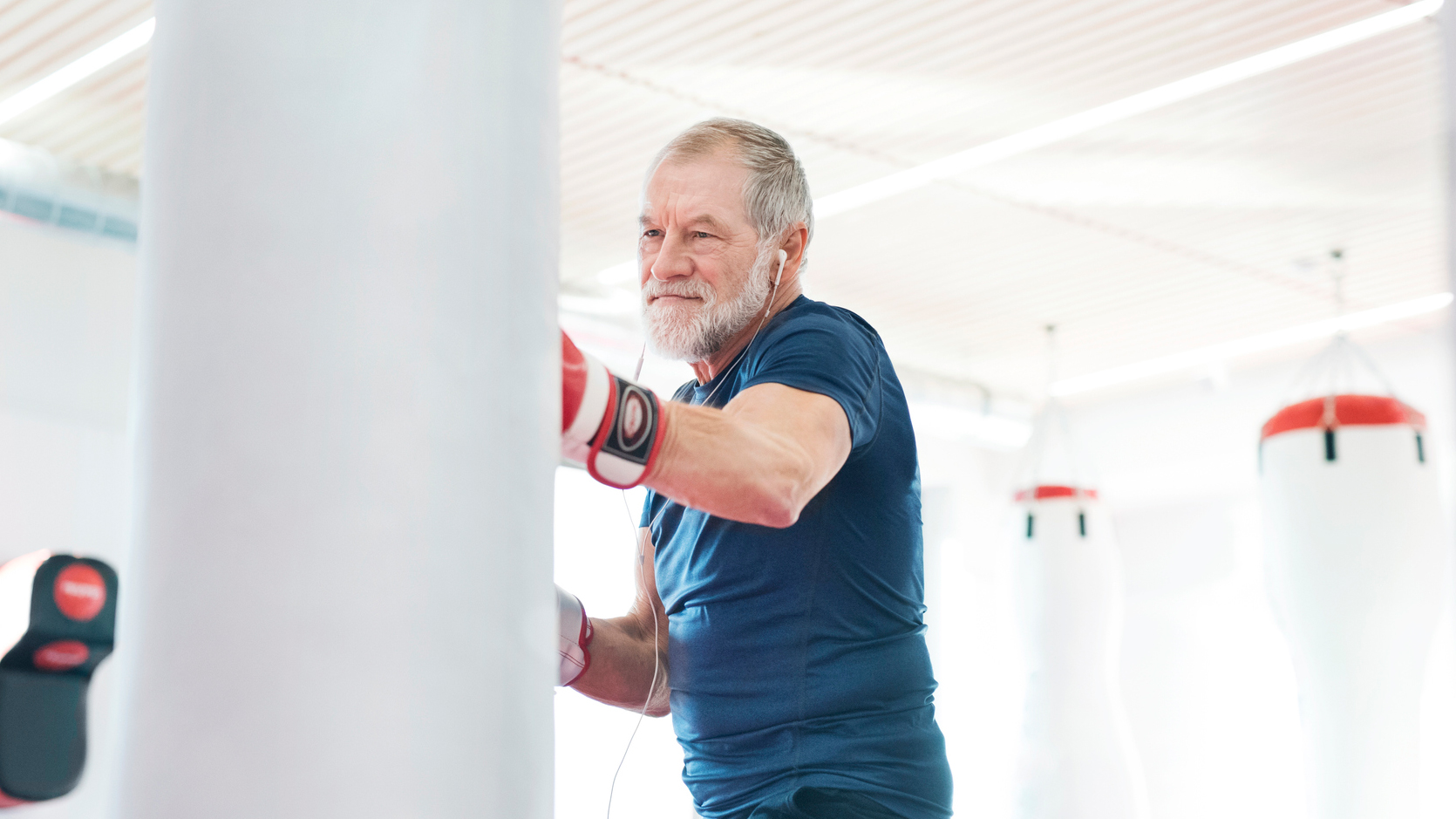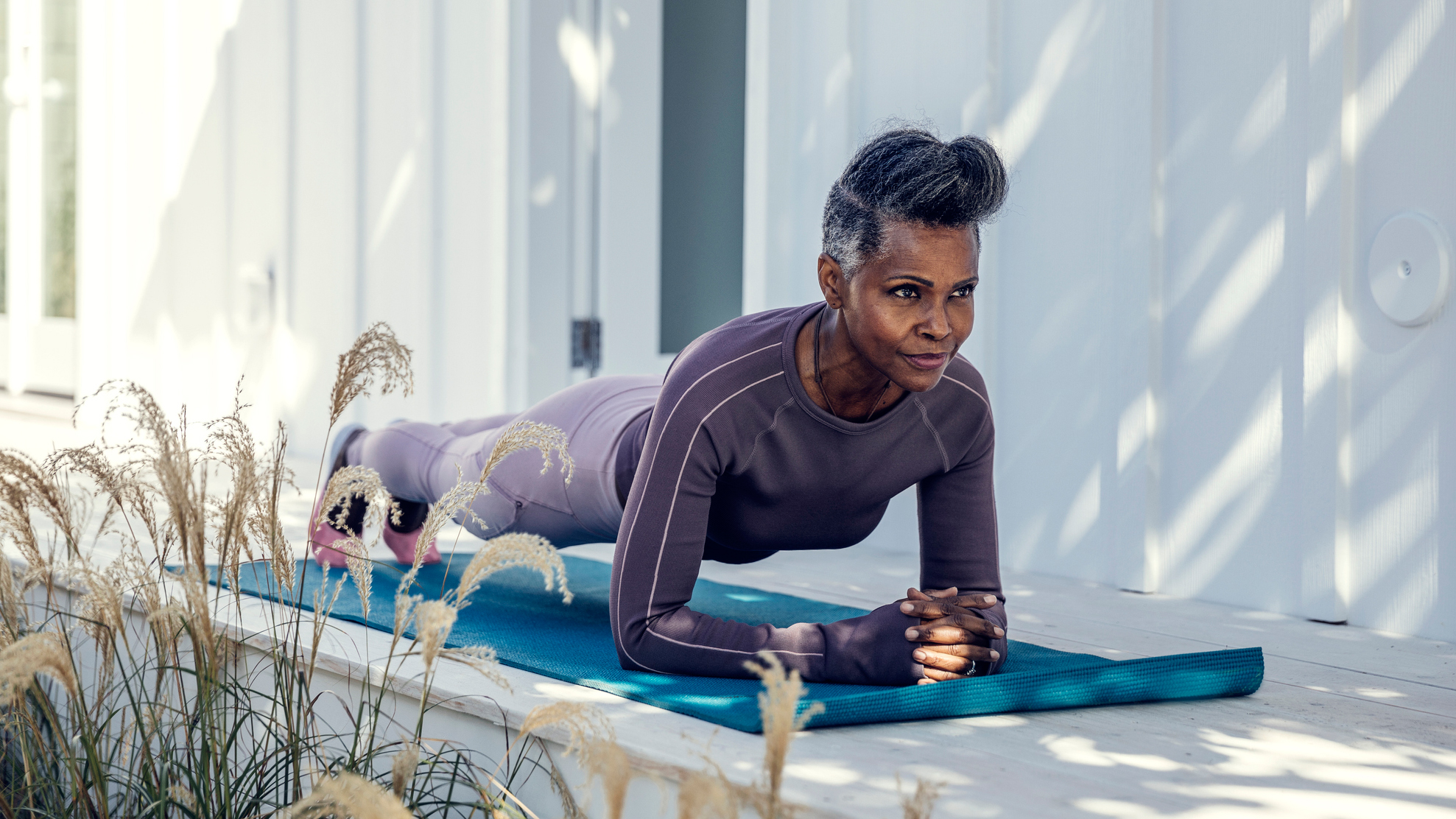Why over-60s need core strength to stay active – and how to develop it
Core strength is vital at any age, but especially for seniors. Here's some safe, low-risk ways to train your core


When we talk about core exercises, you might think about college-age people getting their abs ready for the beach. In actuality, core exercises are for everyone – and for an ageing population, they're more important than ever.
Training your abdominal muscles (for which we recommend the best workouts for abs), lower back and glutes is more about form than function. These are the muscles that are the most engaged in everyday life, even when doing the simplest of tasks. Rising from a chair? You're engaging your glutes by using your legs to push yourself up, while using your core muscles for balance.
If you're going for regular runs or walks – check out our best shoes for walking if so – your core and glutes are the muscles keeping you upright across steep hills and rough terrain. Having a strong core at any age is a good thing, but for the over-60s, it's about much more than looking good: it means independence.

A report at Harvard University found that "your core muscles provide stability for the moving parts above and below them — the mid-back, or thoracic, spine that helps you twist and turn, and the hips that move you up, down, back, or forward". A weak core in later life could be the difference between struggling while climbing the stairs, or still going for jogs in your late sixties and seventies.
Worried about back pain as you age? A strong core can mitigate it. A separate study published in the Journal of Physical Therapy Science found training deep core muscles was very effective when it came to alleviating chronic lower back pain, which can be brought on by osteoarthritis in elderly adults. Working on the muscles around the spine can help.
To train your core, you'll need to do exercises which build strength in your lower back, glutes and abdomen. However, a word of caution: for older people, sit-ups and crunches – long known as a classic core exercise – might be harmful to the body, due to the back and spine pressing against the floor, compressing it unnaturally. Not great if you're at an age in which your bones are weakening over time.

Instead, try exercises which don't put a strain on your back, which generally involve keeping your bum and lower back away from the floor. The glute bridge, for example (demonstrated above) is a great exercise for this, as you activate both your abdominal muscles and the glutes, all while improving the range of motion in your hips. Simply lie flat with your feet on the floor, hands by your sides, and thrust your hips in the air. If this isn't particularly challenging, try it with a resistance band held across your hips - you can check out our guide to the best resistance bands for a solid list.
Start your week with achievable workout ideas, health tips and wellbeing advice in your inbox.
Alternatively, you could flip over and try planking, lying on your forearms and using your core muscles to hold your midsection off the floor for a short period of time. This isometric exercise, in which you hold a position rather than move up and down, is a great, low-risk way to train your muscles. Beginners can try three sets of 20 seconds, working up to a full minute at a time.

Finally, the Harvard report recommends getting on your hands and knees and doing an "opposite arm, opposite leg" (demonstrated above) that works your glutes, hips, shoulders and core in a low-impact, low-risk way.
Matt Evans is an experienced health and fitness journalist and is currently Fitness and Wellbeing Editor at TechRadar, covering all things exercise and nutrition on Fit&Well's tech-focused sister site. Matt originally discovered exercise through martial arts: he holds a black belt in Karate and remains a keen runner, gym-goer, and infrequent yogi. His top fitness tip? Stretch.
